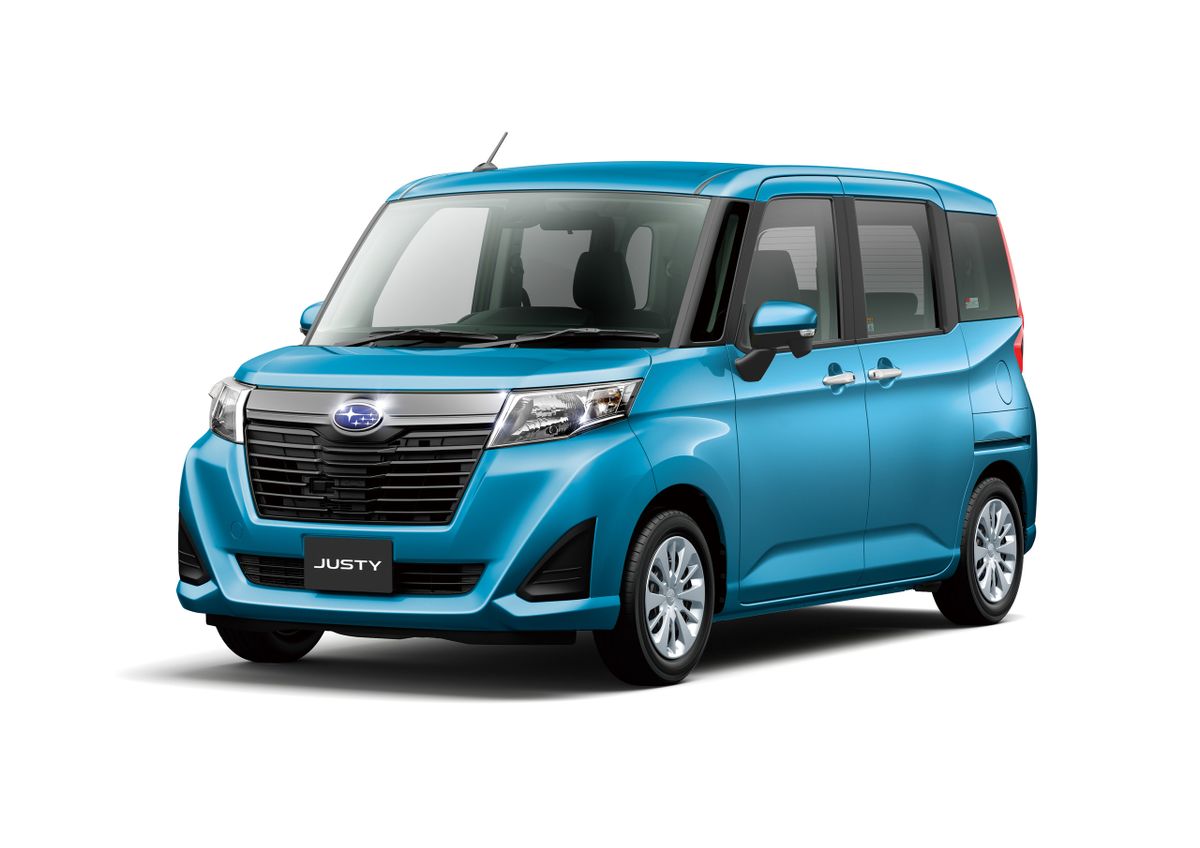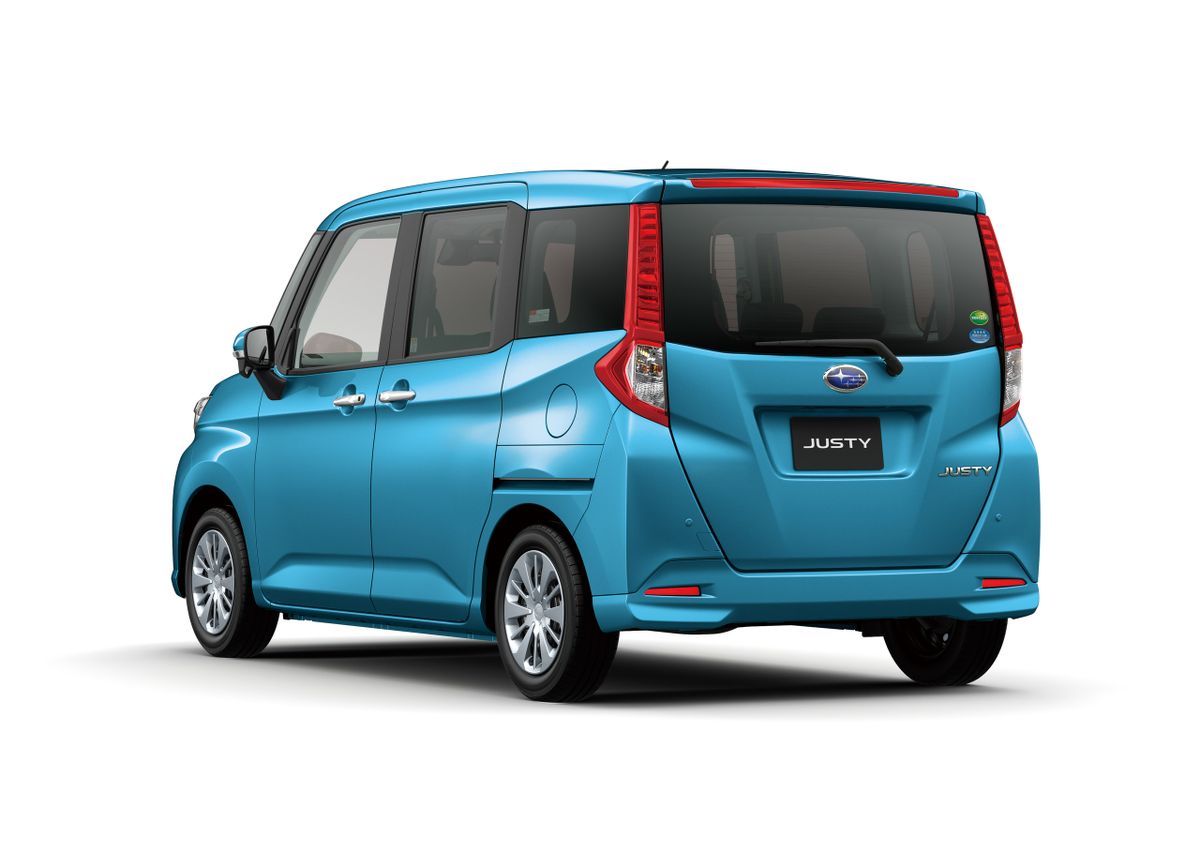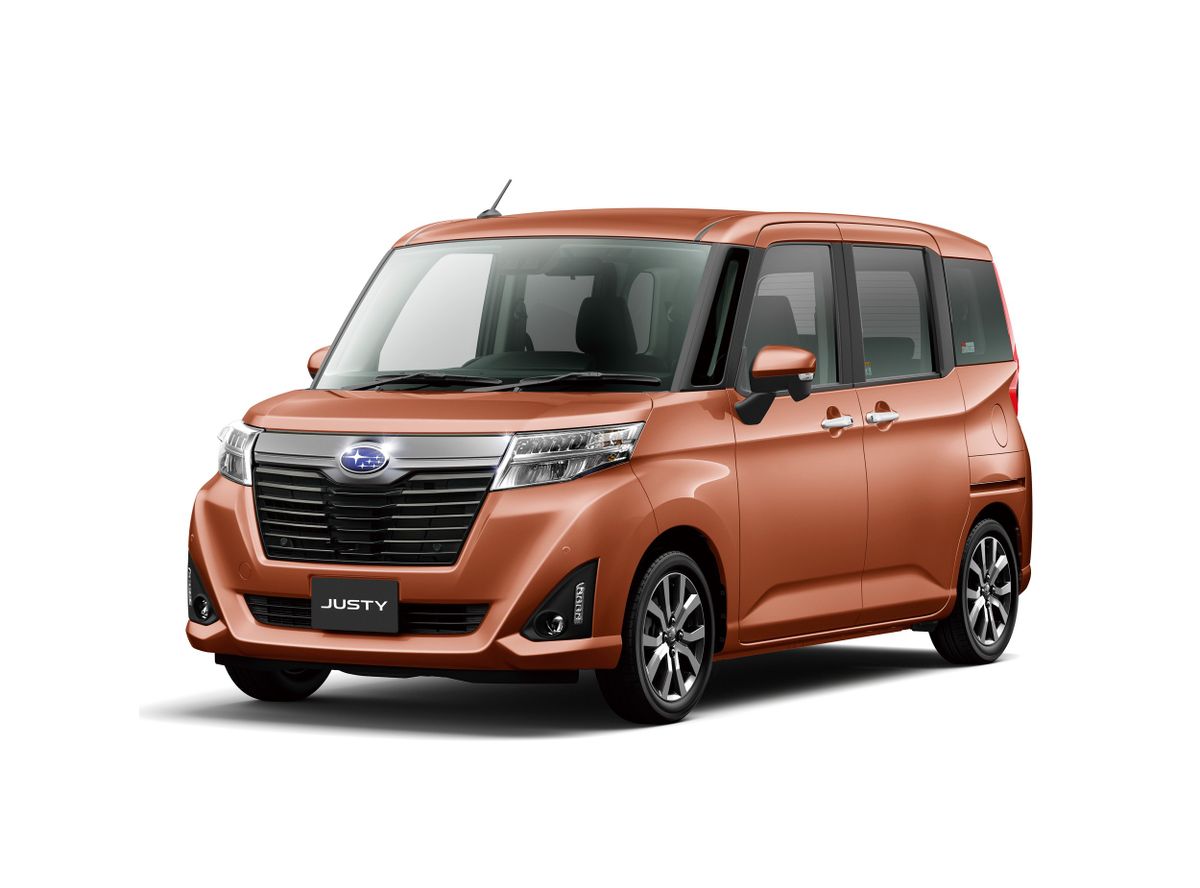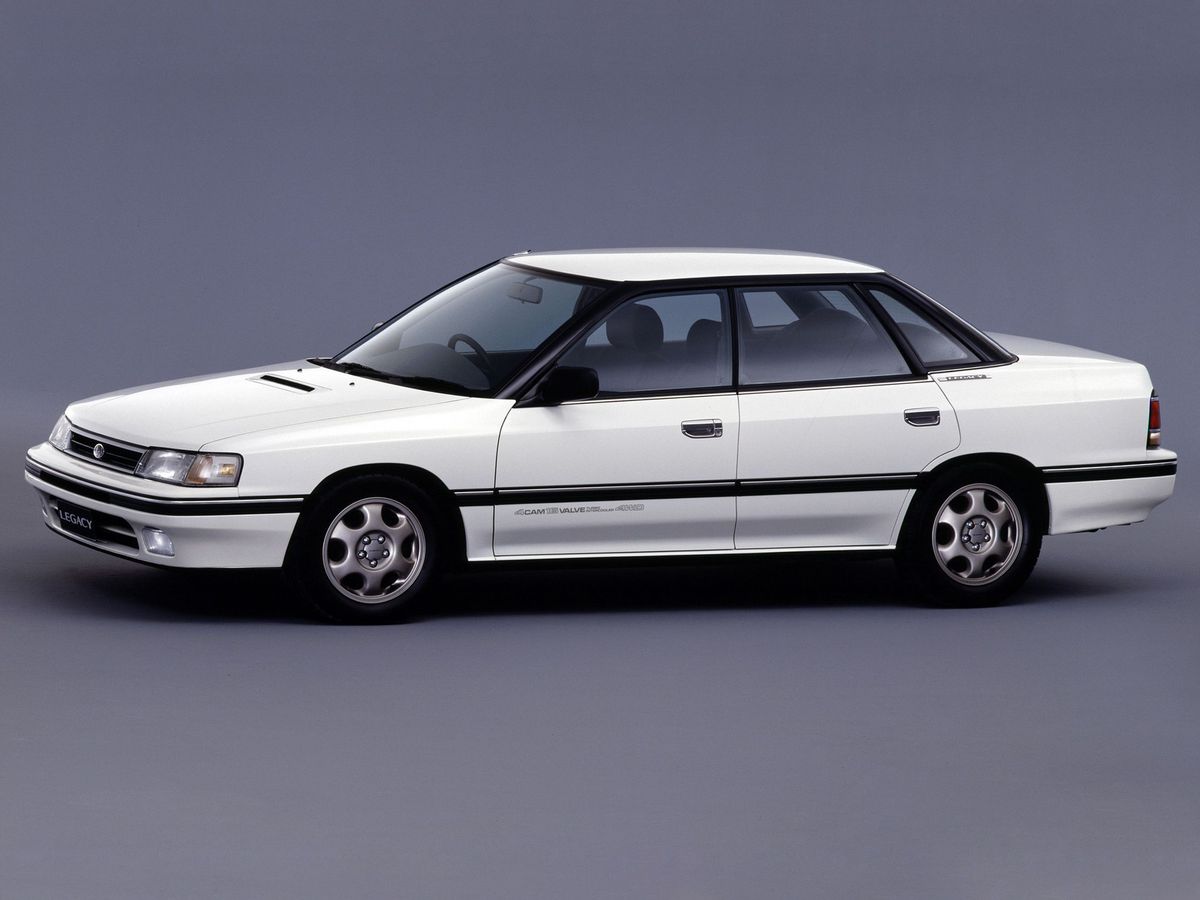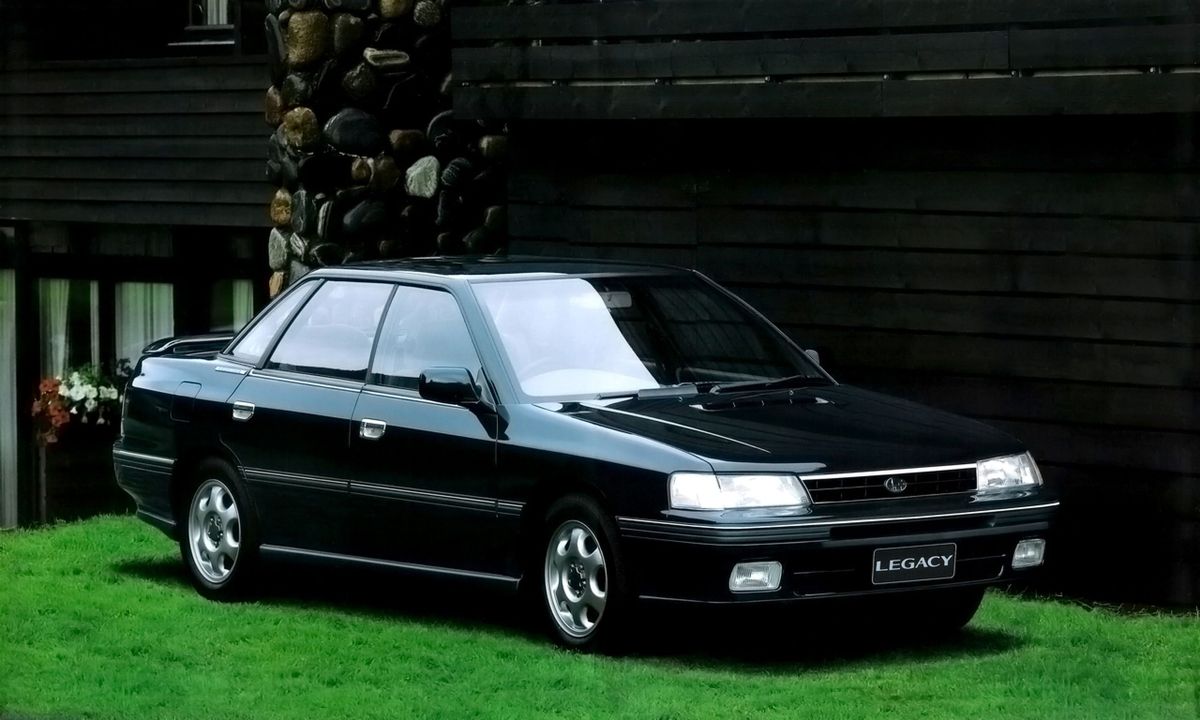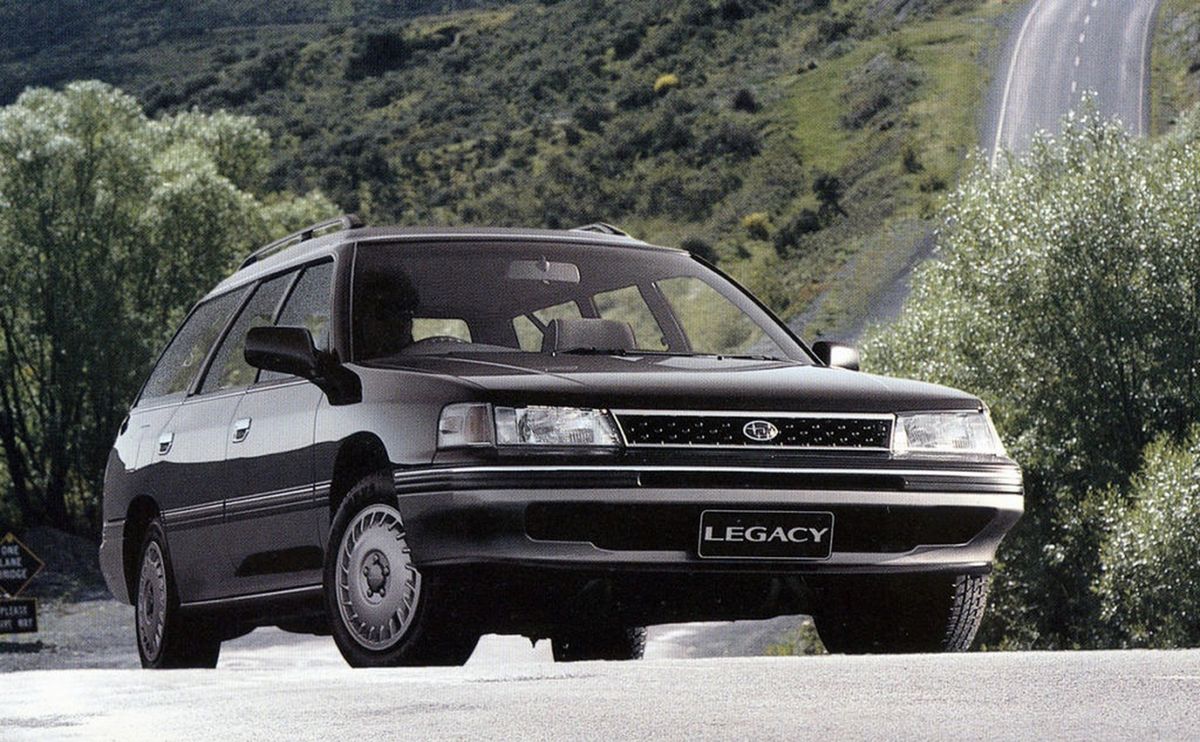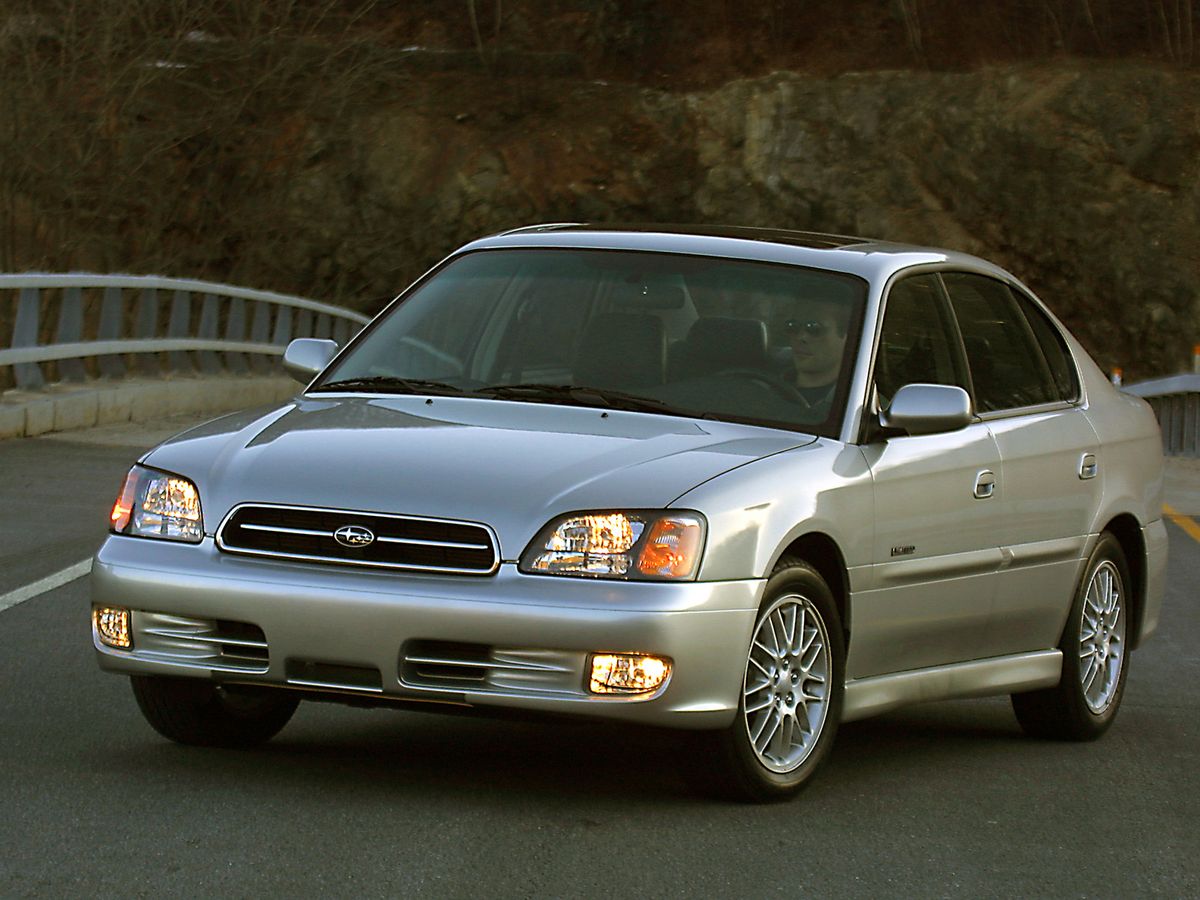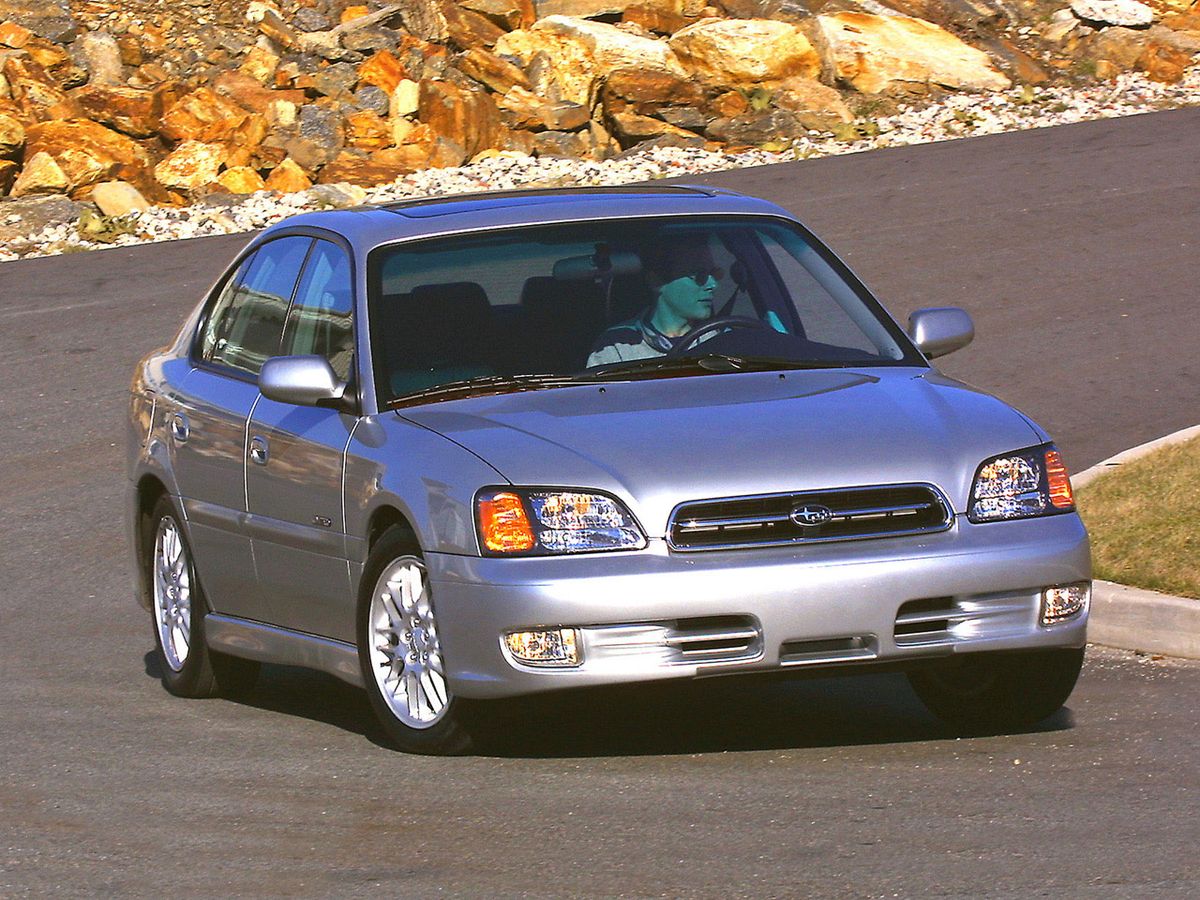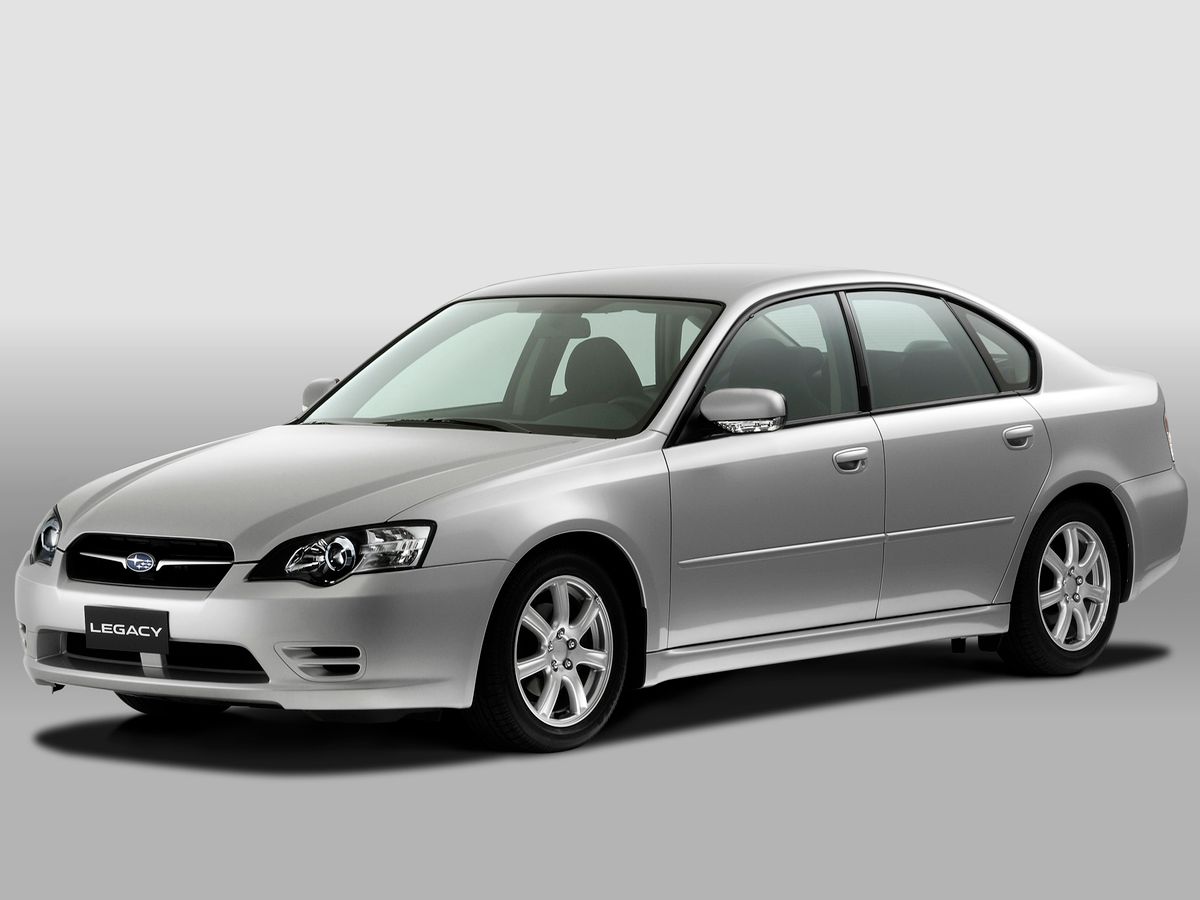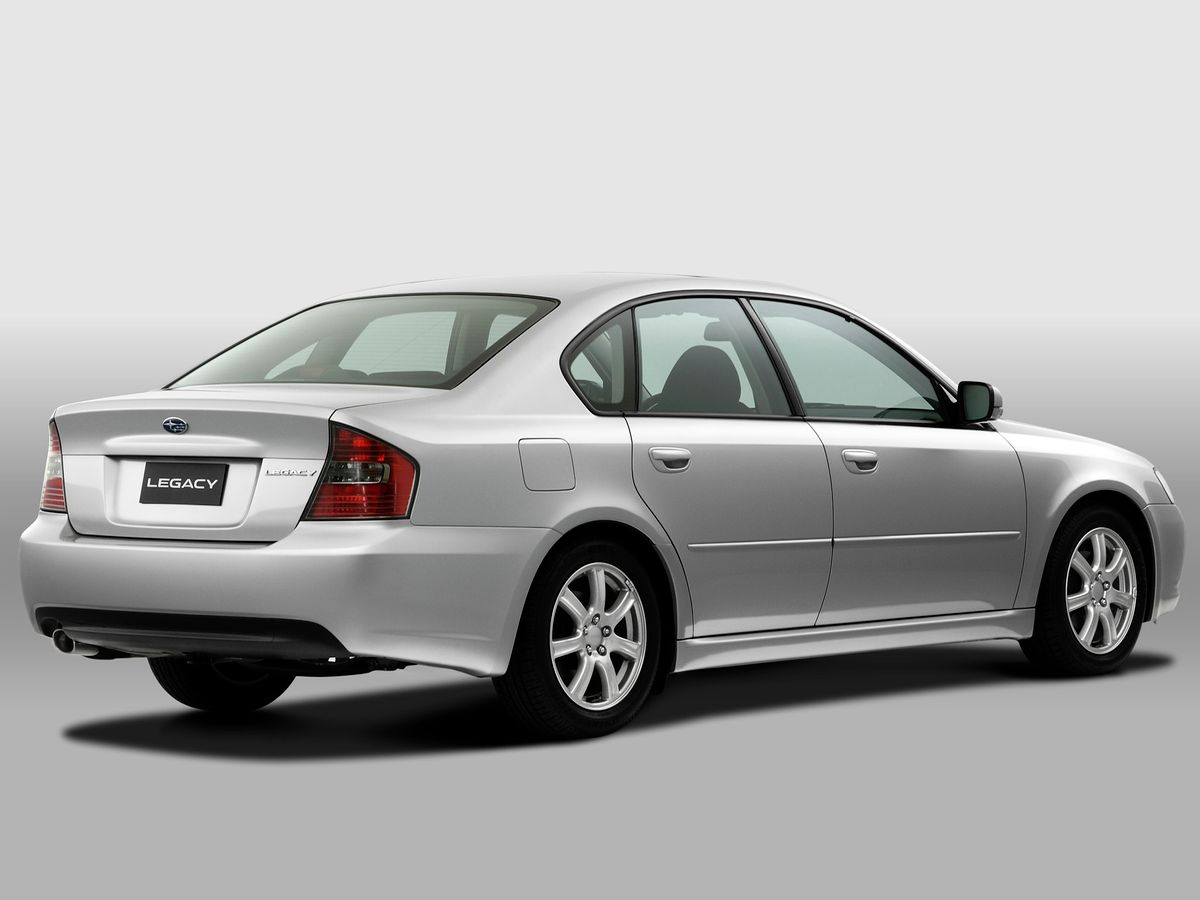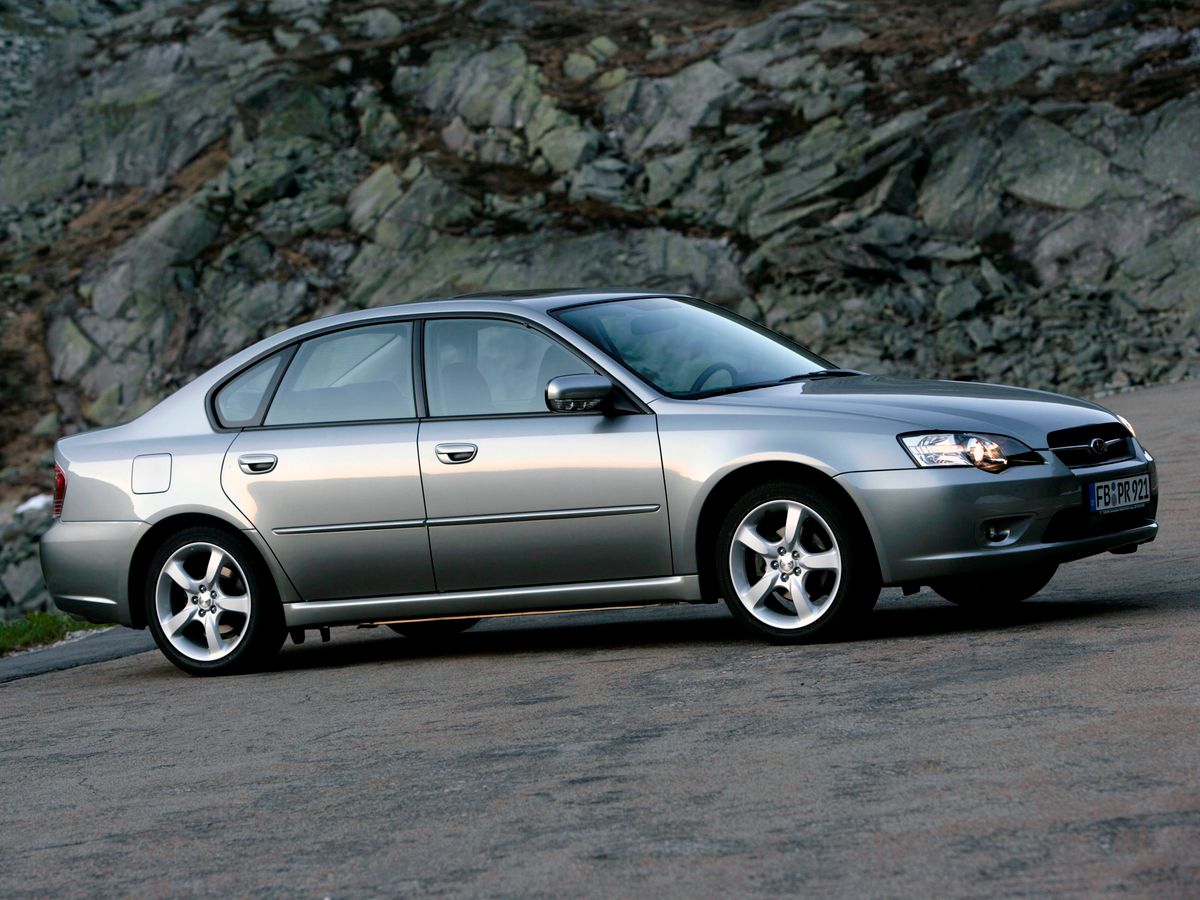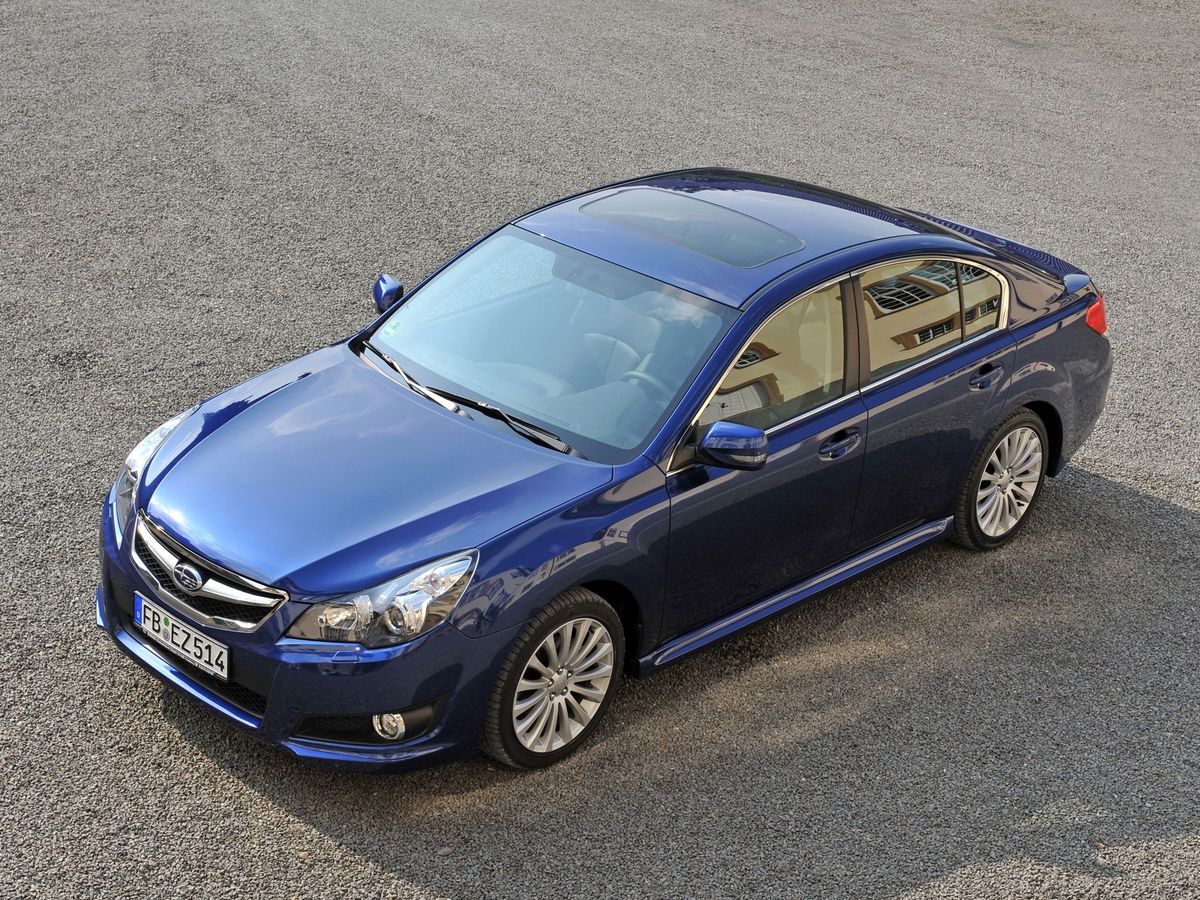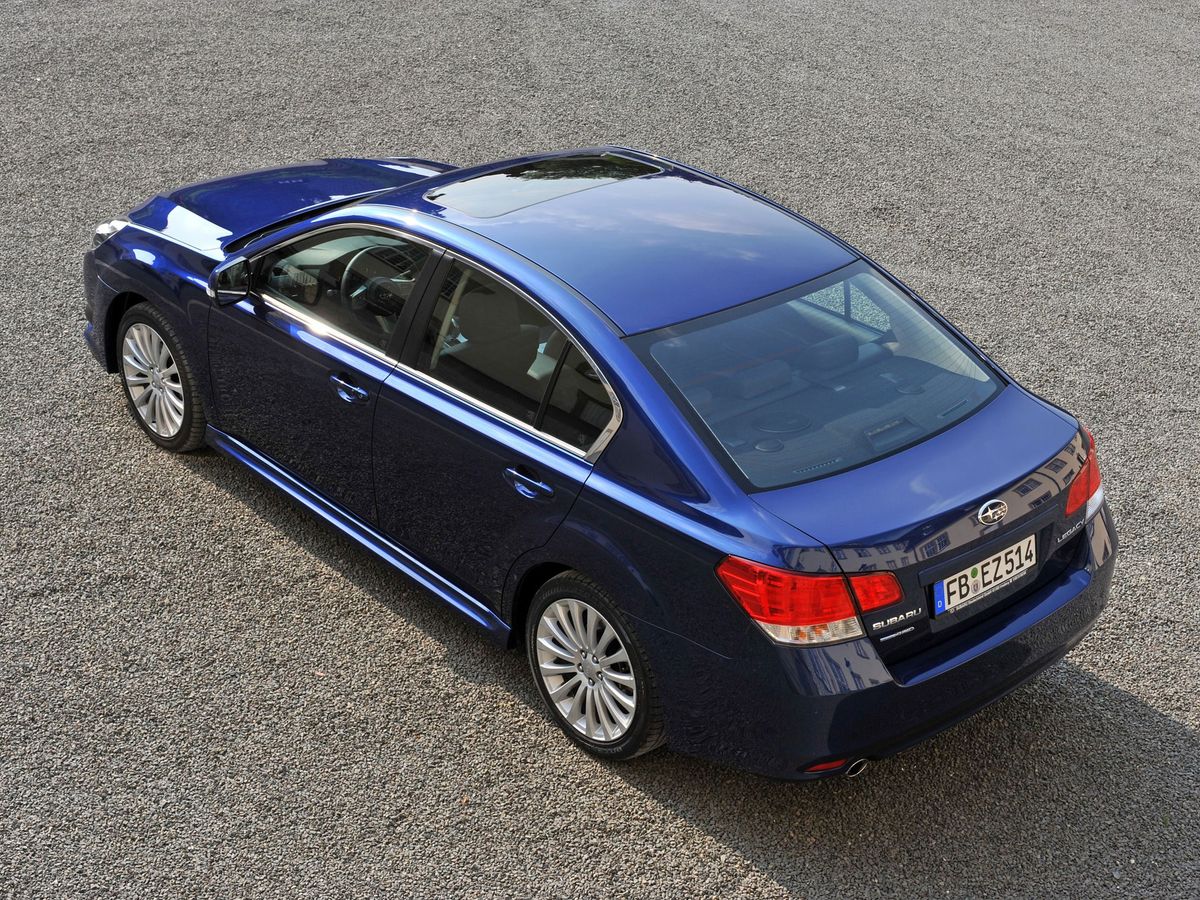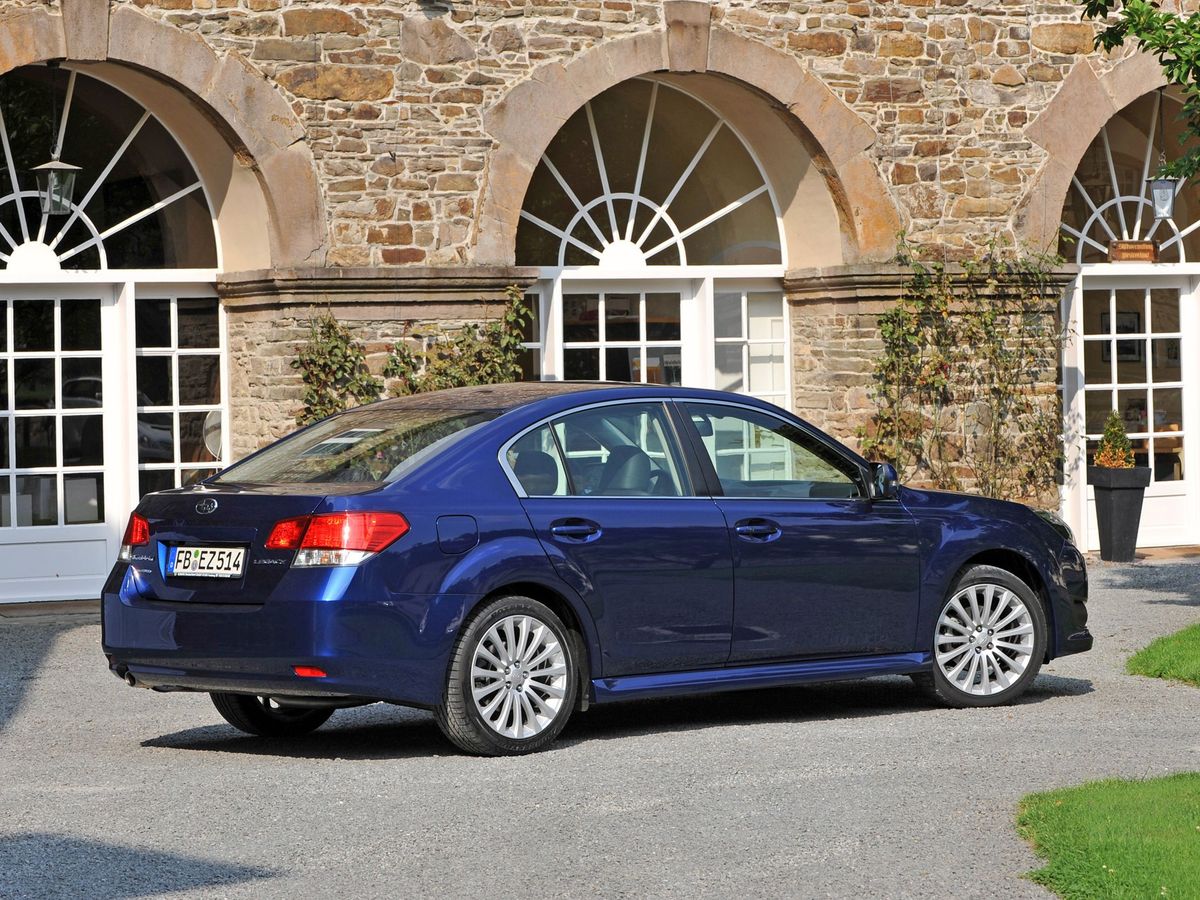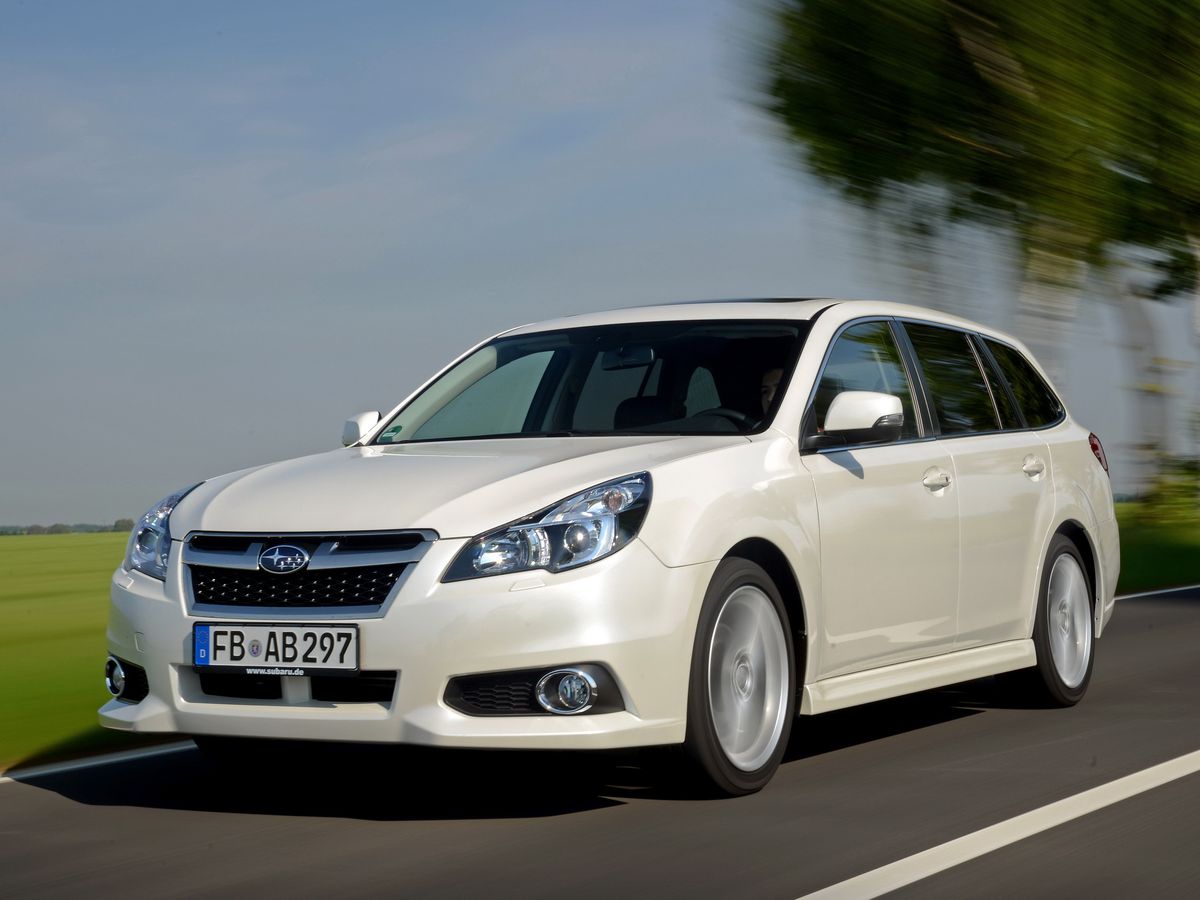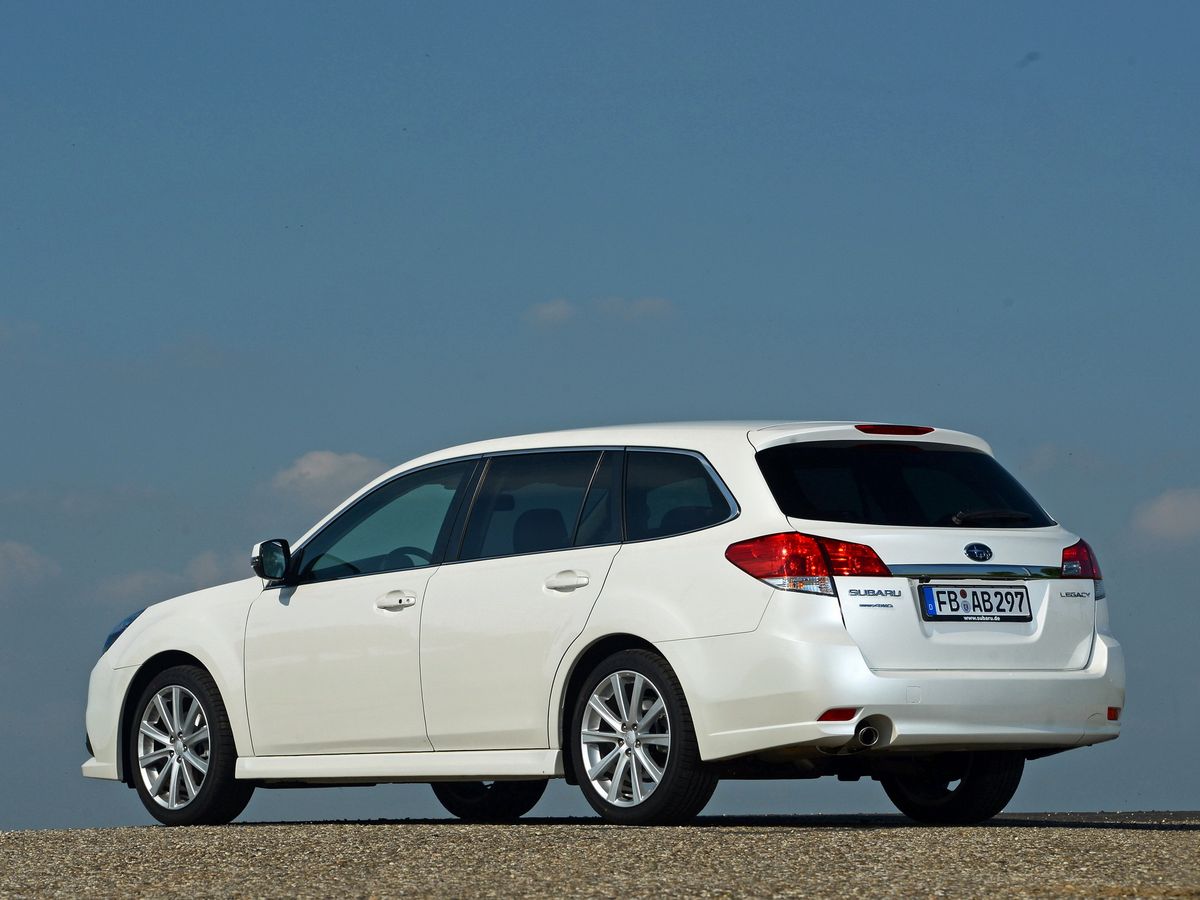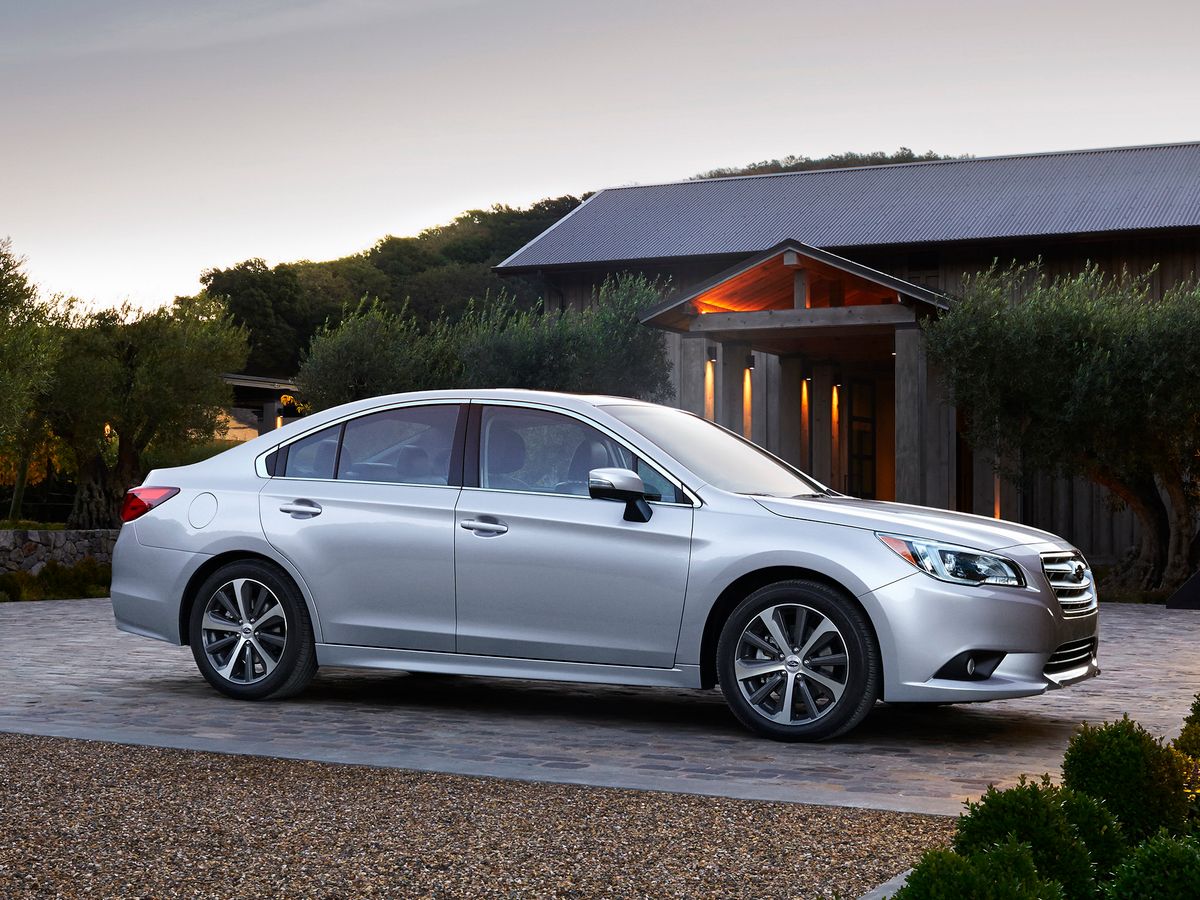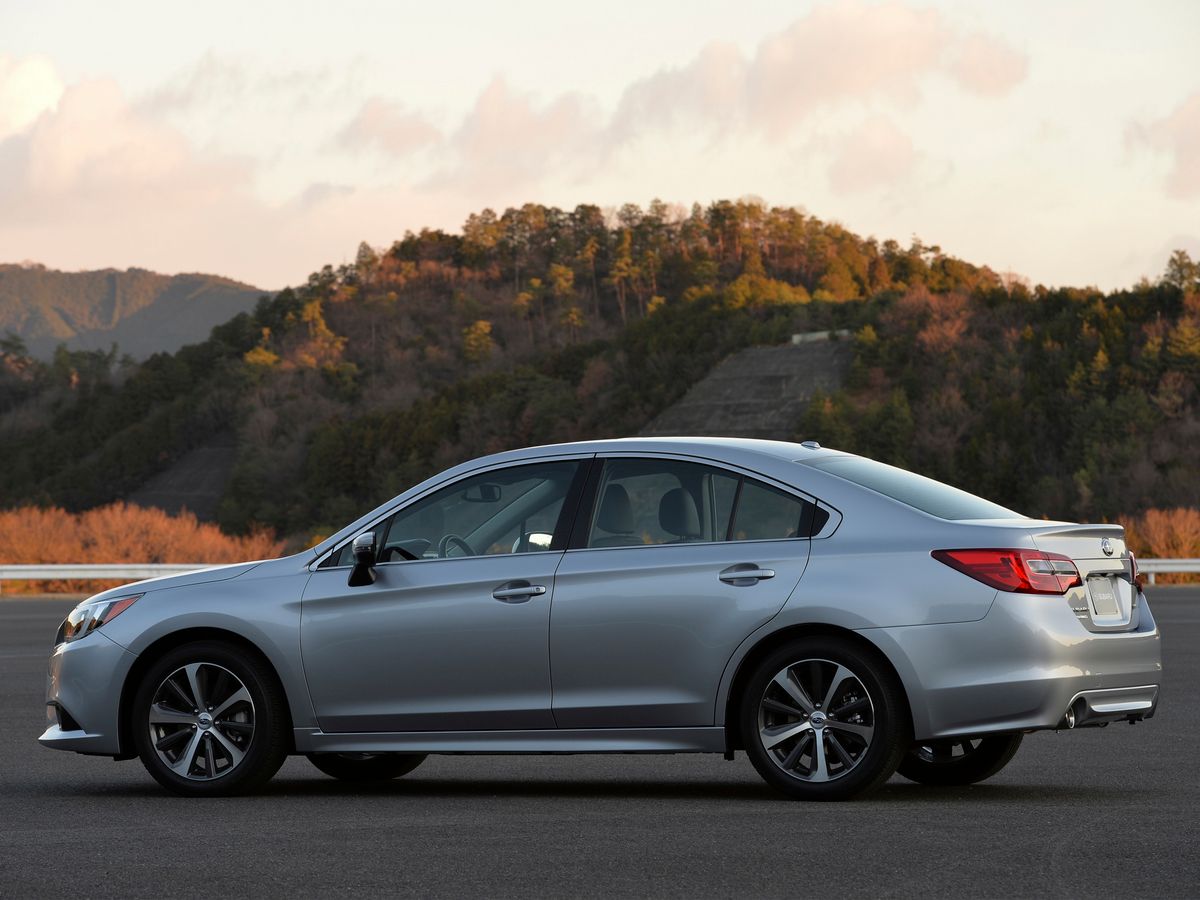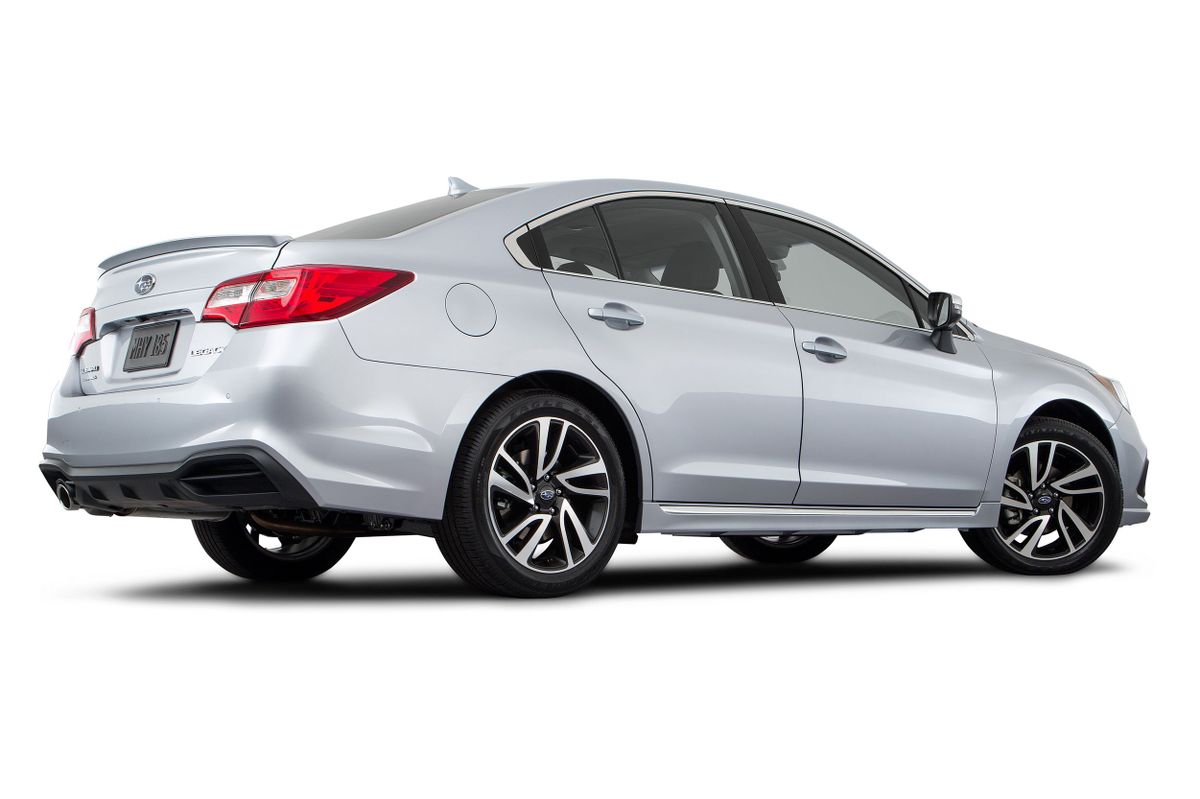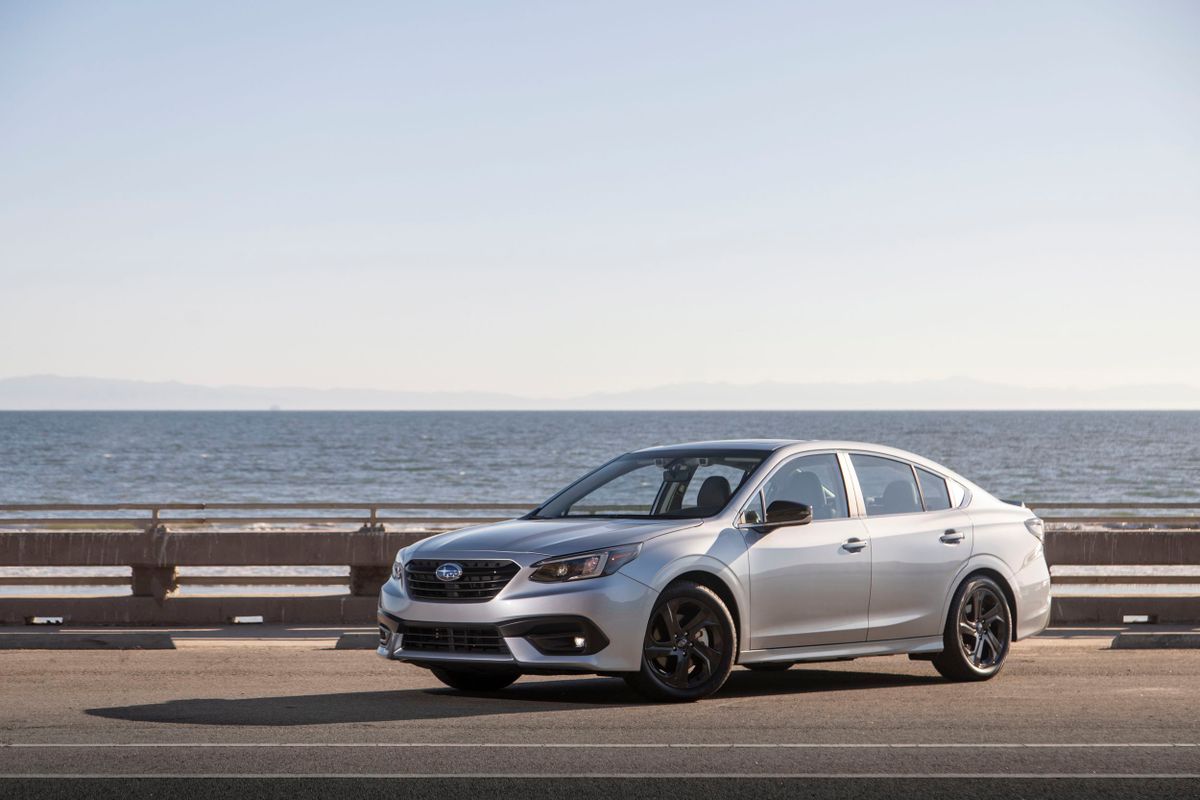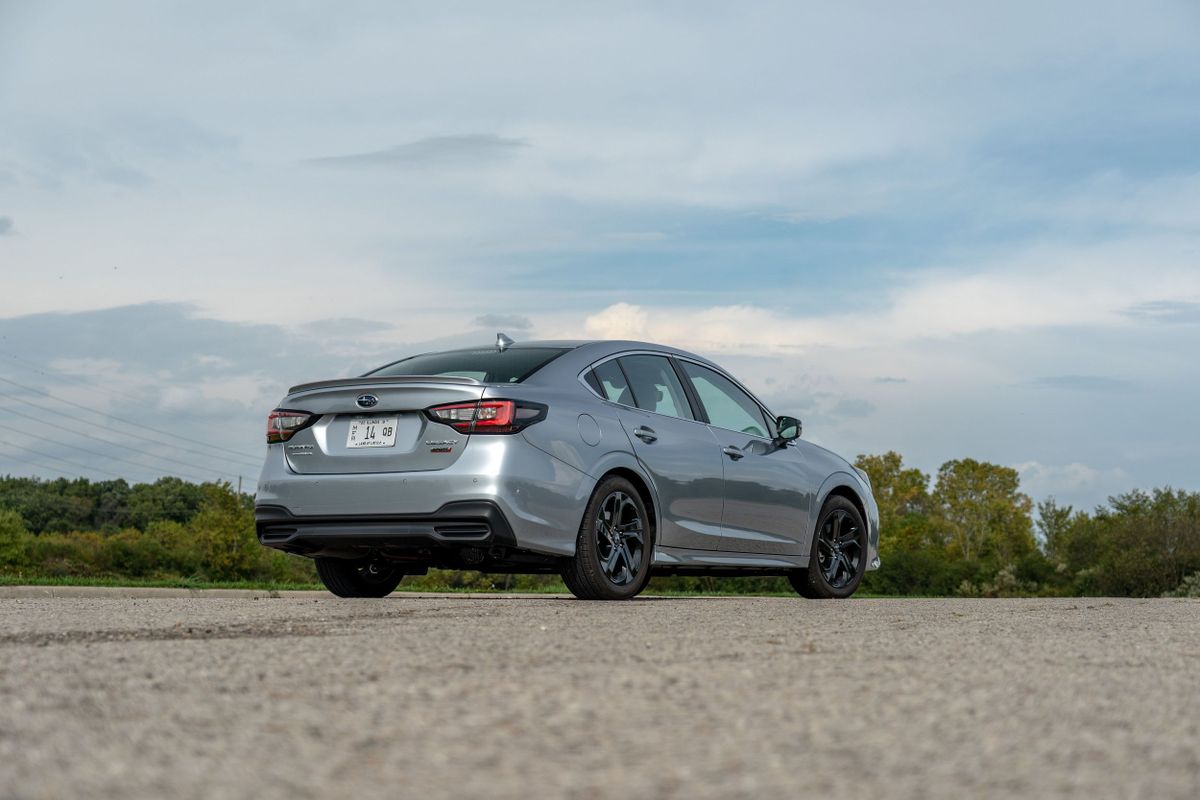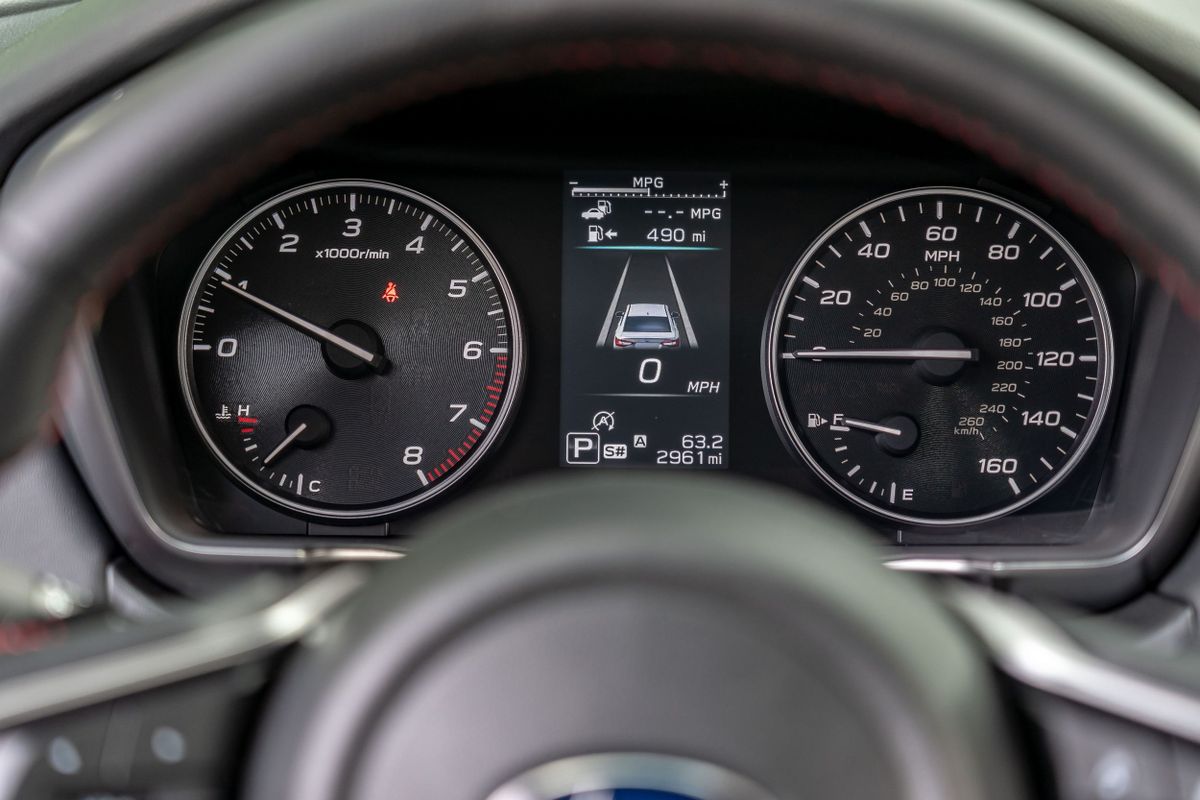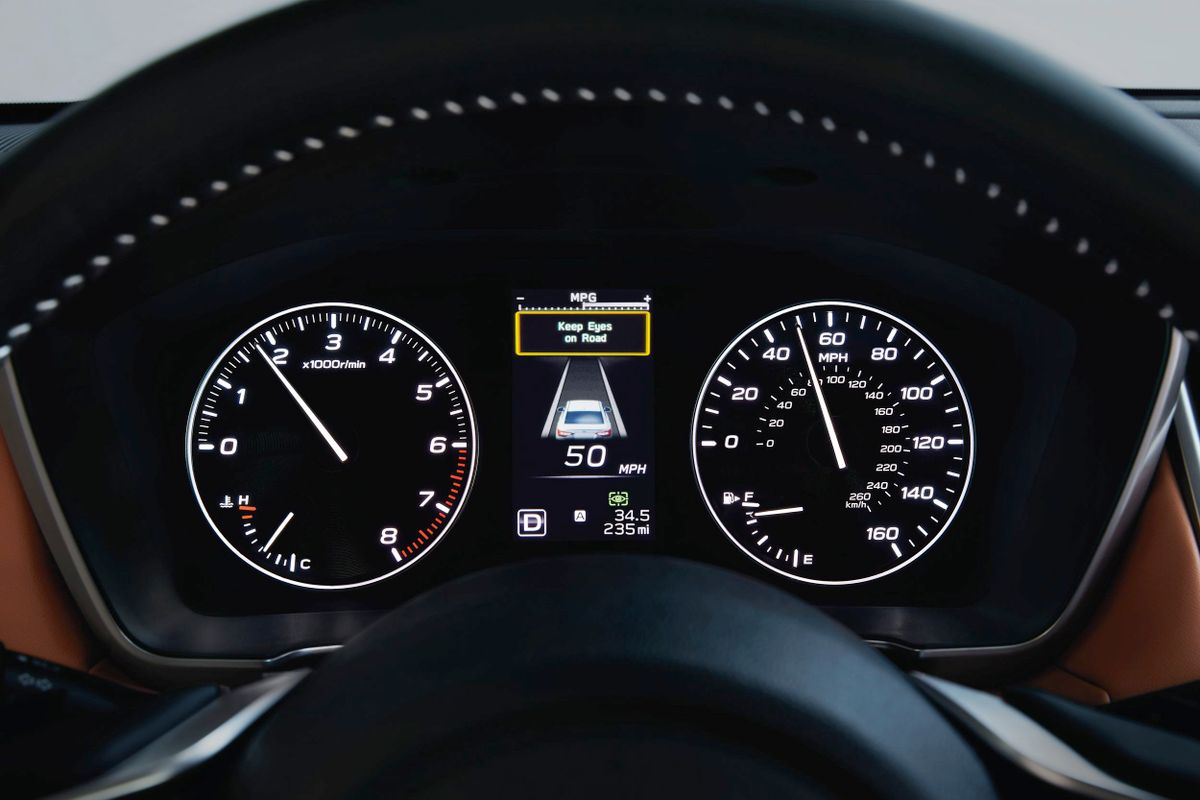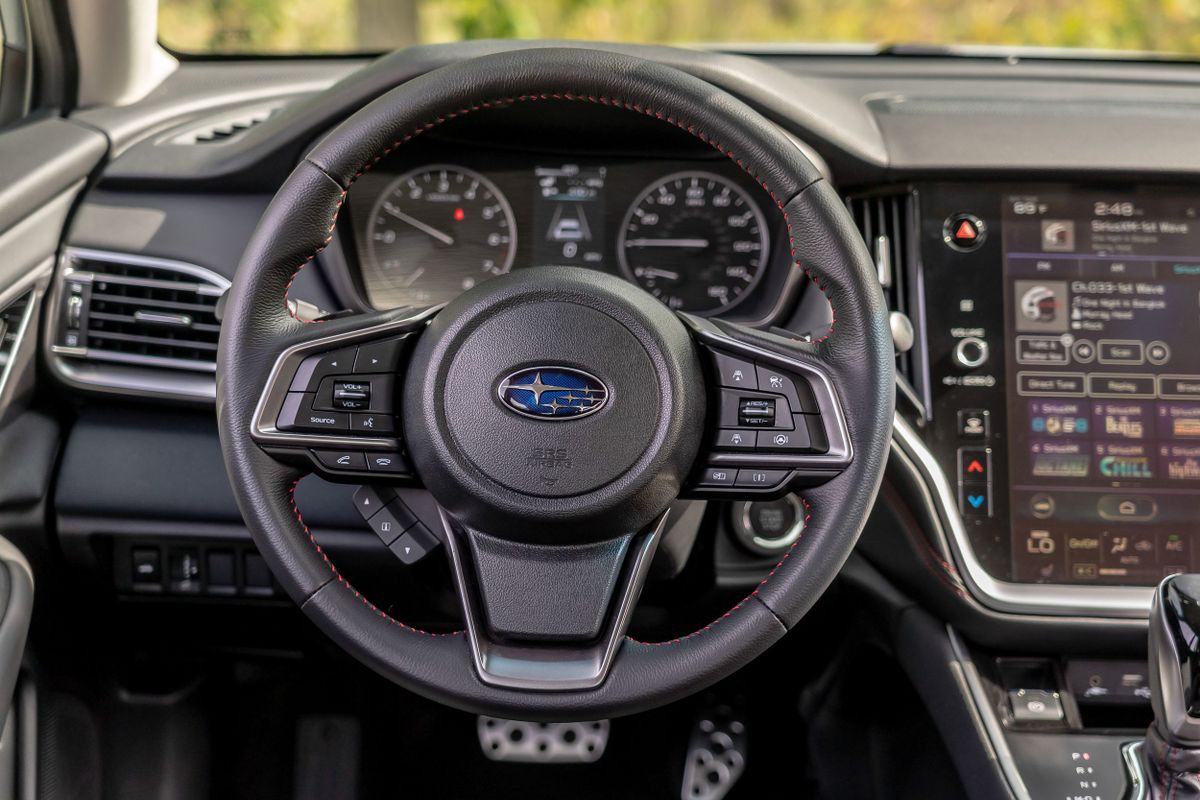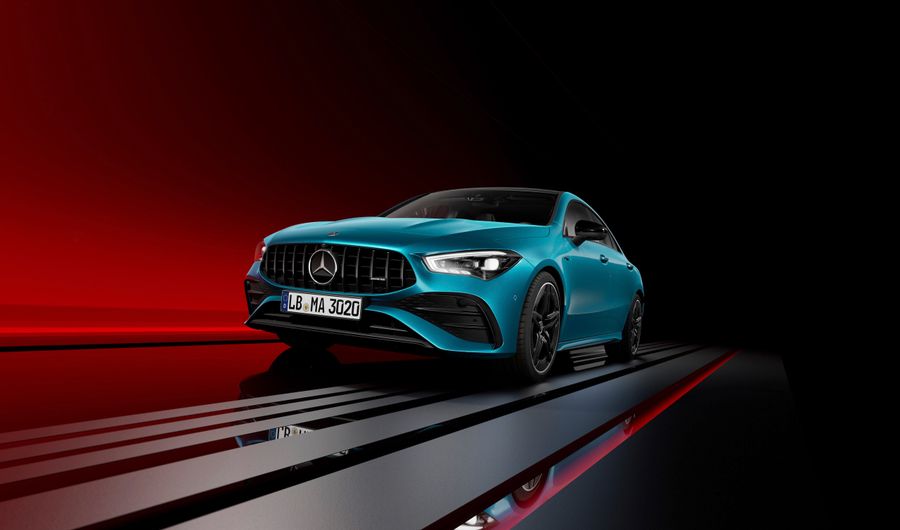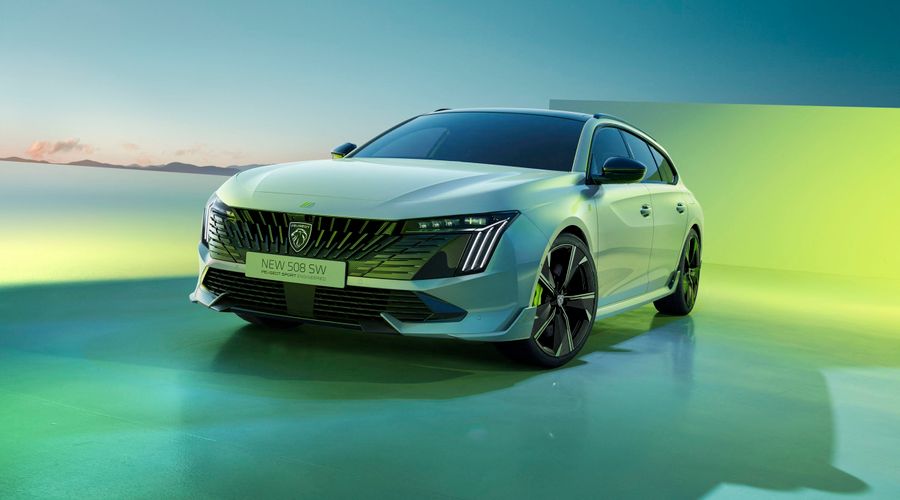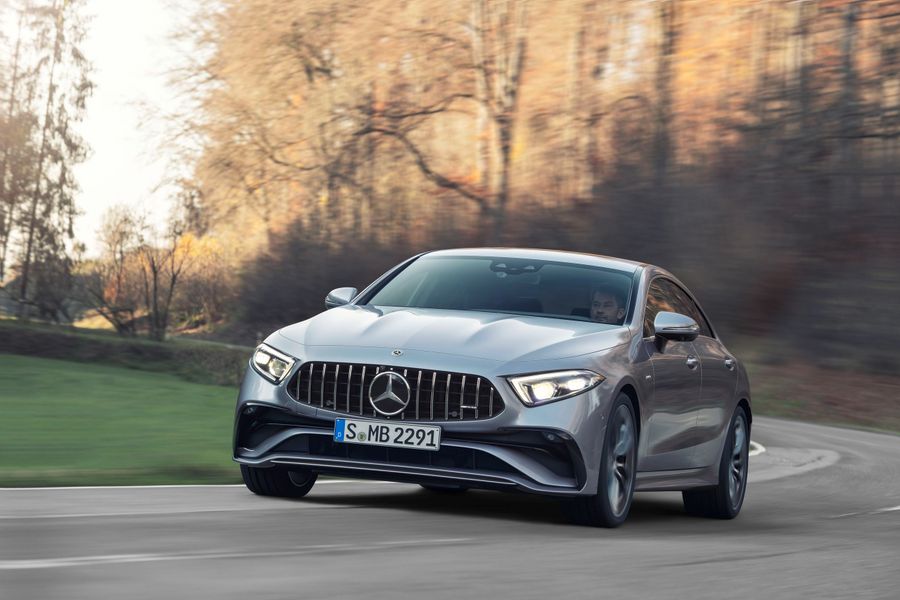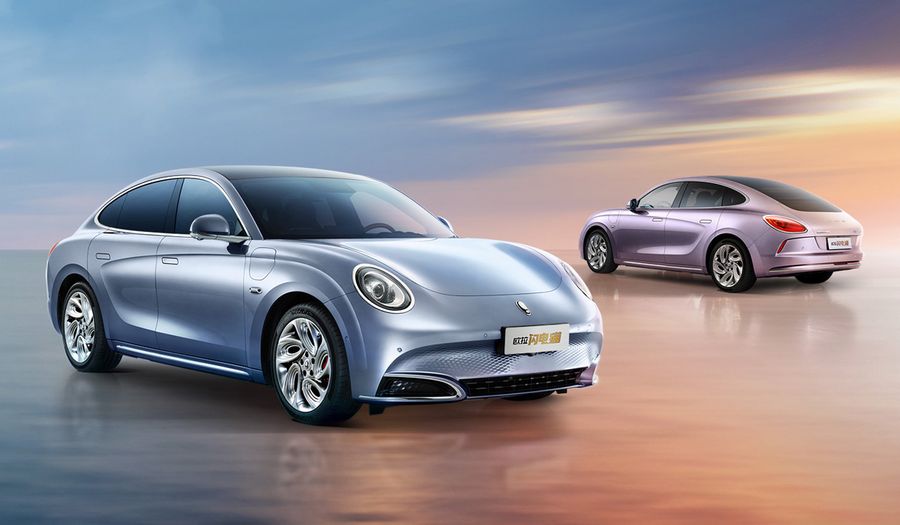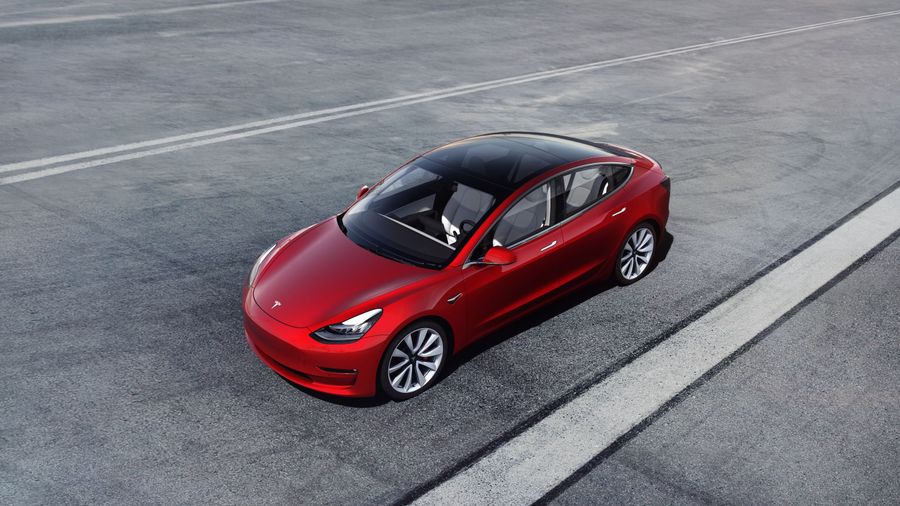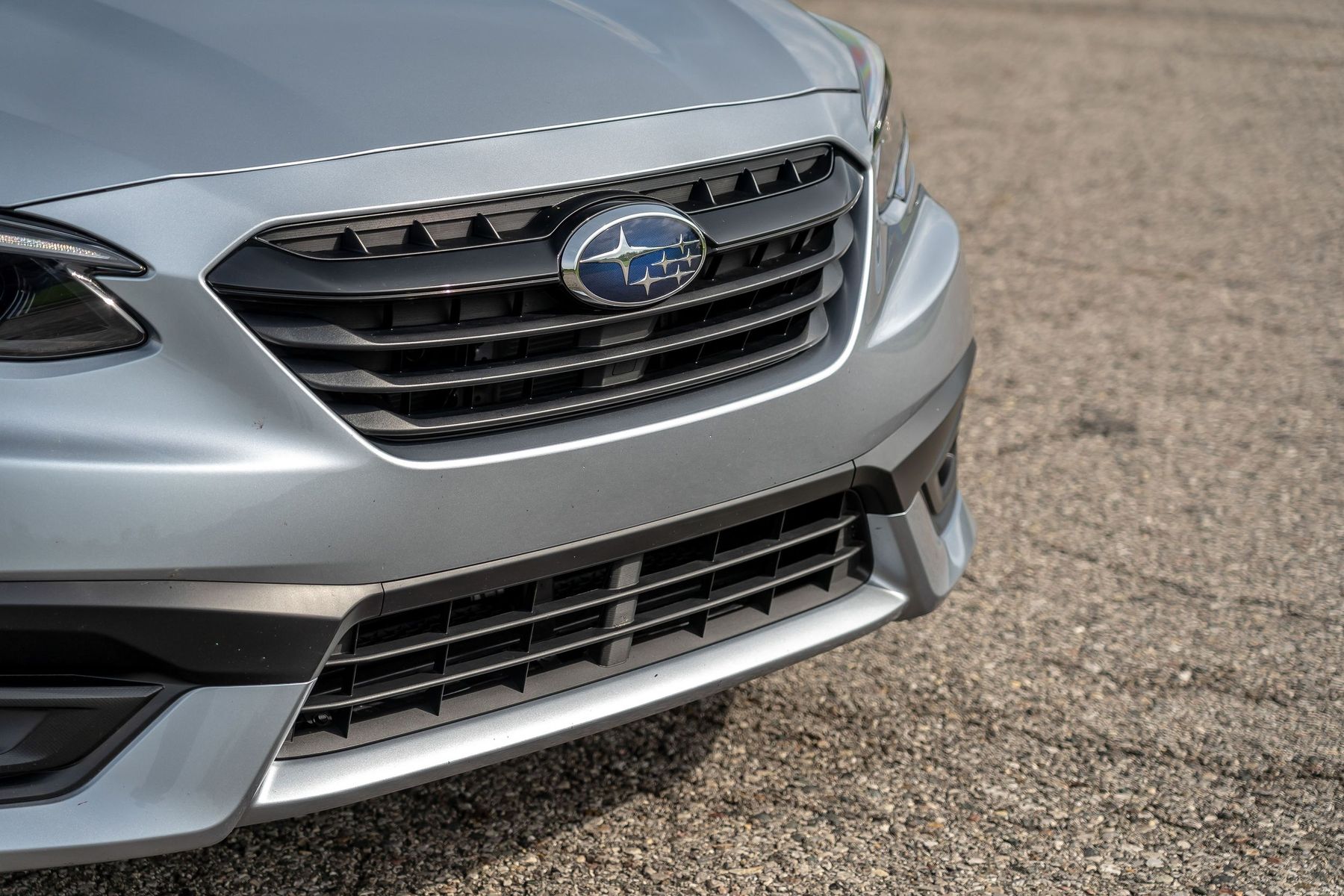
Subaru Legacy. Legacy of the samurai inherited by the Americans
The Subaru Legacy is one of the long-lived models of the Japanese brand. Overall, Subaru has three veterans: Subaru Justy, Subaru Impreza and Subaru Legacy. Introduced back in 1984, the Subaru Justy subcompact hatchback is currently available as a minivan. The Subaru Impreza has been produced since 1992. It is currently available as a sedan and estate. The range no longer offers coupes, but now it includes the XV SUV. Presented back in 1989, the Subaru Legacy sedans and estates also mutated, adjusting to the rapidly changing conditions of the world. By 2021, the car has retained only a certain part of markets. Thus, sales of estates and sedans in Japan ended in 2014 and in 2020, respectively, sales in Europe stopped in 2015, and the models lasted until 2021 in Russia. However, this wonderful car with a glorious history can still be found in the USA.
The Subaru Legacy is a mid-size all-terrain vehicle that became the successor to another Subaru model, Leone. The first generation Legacy was to take on the role of the most luxurious car in the history of the Japanese car manufacturer. So the name ‘Legacy’ doesn’t sound feel like a coincidence, as the Legacy has really inherited the best qualities of previous Subaru models, in particular the horizontally opposed engine technology combined with all-wheel drive, which the company has honed over the years. Even the exterior of the car looked more elegant compared to previous Subaru cars.
The Subaru Legacy is known for its participation in many rally races. The RS Turbo sports version was the first car of the brand to achieve success and fame in motorsport. At the 1990-1993 World Rally Championships, the car took the podium 6 times and won one victory. At the 1993 World Championship, the most successful for the model, Subaru came third in the manufacturer’s standings. The Legacy won the 1991, 1992 and 1993 British Rally Championships. And the Legacy RS Turbo was the first model to feature British American Tobacco’s blue and gold ‘555’ color scheme, which later became a completely unambiguous association with Subaru racing cars.
The first generation
It was produced from 1989 to 1993 in estate and sedan bodies with front-wheel drive or permanent all-wheel drive. The first Legacy was sold in Japan and the USA, in some European countries and in Australia. The car shared the technical solutions with more expensive models: power windows, central locking, air conditioning, headlight washer, power steering, alloy wheels. The models featured the new 1.8-liter, 2-liter and 2.2-liter EJ series engines with reduced noise and electronic fuel injection. The boxer engines ensured a low center of gravity and vehicle stability. The model had independent suspension and disc brakes on all wheels. Optionally, a 4-channel ABS system and adjustable hydraulic shock absorbers were available, which made it possible to change the clearance depending on road conditions.
The second generation
It first appeared in Japan in 1993. In 1995, it arrived in North America. The second Legacy had a slightly different body. The 1.8-liter and 2-liter engines (115 and 135-155 hp, respectively) were supplemented by a 2-liter twin-turbo version producing 250 hp, whereas the GT-B version (since 1996) managed to achieve an output of 280 hp, which happed for the first time in the range of Japanese 2-liter vehicles. Moreover, there were 2.2-liter and 2.5-liter engines. The car was distinguished by excellent handling and impeccable driving characteristics thanks to all-wheel drive, air suspension, limited slip differential, and speed-sensitive power steering. The second generation Subaru Legacy rightfully takes pride of place among the legends of the Japanese car industry of the 90s, which were known as reliable and durable cars. Even now these models can be in good technical condition when properly maintained.
The third generation
Sales began in Japan and the world in June 1998, whereas the model arrived in North America only in 2000. The cars were equipped with 2.0-liter and 2.5-liter EJ20 and EJ25 engines. In 2001, the manufacturer introduced a 3-liter 6-cylinder EZ30 engine, which was installed on the Subaru Outback, an estate with increased ground clearance (aka Lancaster in the home market). Starting from this generation to the sixth generation, the sedans were in Japan with the B4 prefix in their names.
The fourth generation
It was produced since 2003. The model inherited the concept of its predecessor and became sportier, especially in terms of exterior. The fourth Legacy was 4,680 mm long, 1,730 mm wide and 1,475 mm high, and had a wheelbase of 2,670 mm. The designer wanted to reduce the overall weight of the car, so almost all the details were designed in a new way. The expensive trim levels comprised the Active Driving Assist system, which monitored possible traffic obstructions, and the advanced VDC dynamics control system, which included wheel speed sensors, steering angle sensors to evaluate reactions and control the engine, transmission and all four brakes, ensuring a stable comfortable driving.
The volume of available engines ranged from 2 to 3 liters. In expensive trim levels, the car was equipped with a chic Macintosh sound system and a large sunroof, as well as a multimedia system with a 7-inch touch screen, DVD and navigation. The manufacturer released a magnificent modification, S402 Wagon (limited edition), with a 2.5-liter boxer gasoline engine with an output of 285 hp. Apart from excellent handling, the estate offered the high functionality. In 2003-2004, the Legacy Wagon in Japan won the title of ‘Best Car of the Year’.
The fifth generation
It was produced from 2009 to 2015, and was restyled in 2013. The fifth Legacy became larger, roomier and more comfort-oriented. For twenty years of existence, with each generation, the car has become faster, more fuel-efficient, more comfortable and safer. Stylish frameless doors were a thing of the past. The car featured an aluminum hood and an updated VDC system (Vehicle Dynamics Control). Moreover, the expensive trim levels offered the EyeSight collision avoidance system.
The car was equipped with one of several types of boxer engines. The usual 2.5-liter engine worked together with a Lineartronic CVT, the turbocharged engine was paired with either a 6-speed manual or a 5-speed automatic transmission with manual mode. In 2012, the manufacturer introduced a FA20 engine with a twin-scroll turbocharger and DIT direct fuel injection with an output of 300 hp. It is interesting that this powerful unit was equipped only with a variator, but capable of ‘digesting’ an incredible torque of 400 Nm without any problems. The Legacy’s suspension was still one of its strongest points: minimal rolls, excellent handling!
The sixth generation
The sixth Legacy was introduced in the summer of 2014. It was only available as a sedan and was sold in the United States. The car was 4,795 mm long, 1,840 mm wide and 1,500 mm high, and had a wheelbase of 2,750 mm. Just like the previous model, the sedan featured the same 2.5-liter boxer 4-cylinder engine with 175 hp. But there was also a more powerful 3.6-liter engine with 256 hp. Both were equipped with a CVT and all-wheel drive.
Restyled in 2017, the car was produced until 2019. Apart from becoming more attractive, the new Subaru Legacy turned out to be more comfortable and better equipped, offering the reconfigured suspension and power steering, better noise insulation and an updated variator with a more dynamic control program. The engines were the same. The quality of finishing materials was also improved. It was pleasant to see the new steering wheel and modified climate control system, as well as the latest version of the Starlink multimedia system.
The seventh generation
The seventh generation Subaru Legacy debuted in 2019 at the Chicago Auto Show. It is available in the USA as a sedan. The new Legacy is built on the SGP (Subaru Global Platform) platform, which provides 70% more rigidity than its predecessor, a lower center of gravity and less vibration. The Subaru sedan has grown quite a bit. Thus, its length has grown to 4,840 mm, the trunk has increased by 3 liters (up to 428 liters), and other parameters have remained the same.
The 2020/2021 Subaru Legacy can be equipped with two engines. There is a deeply modified 2.5-liter naturally aspirated direct injection engine with a Start-Stop system that produces 185 hp and 239 Nm. The second unit is a 2.4-liter turbocharged engine (264 hp and 376 Nm). The transmission is an updated Lineartronic V-chain variator and rear-axle drive with all-wheel drive clutch. The chassis is made according to the traditional recipe: MacPherson strut suspension at the front and double-wishbone suspension at the rear. The equipment of the car keeps pace with progress: the EyeSight safety package is available in all trim levels, starting with the entry-level version. The package supports the lane keeping assist function. The list of equipment also includes a system for monitoring drivers' facial expressions and fatigue.


